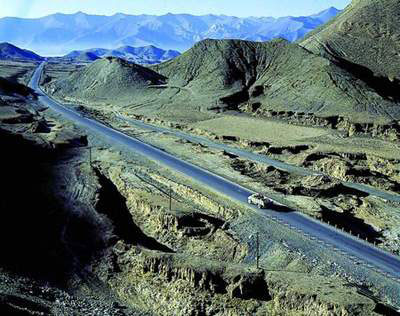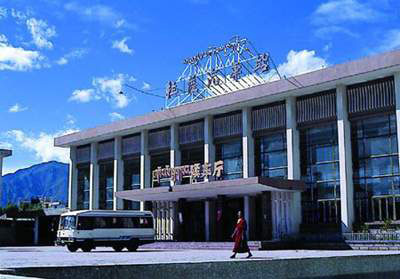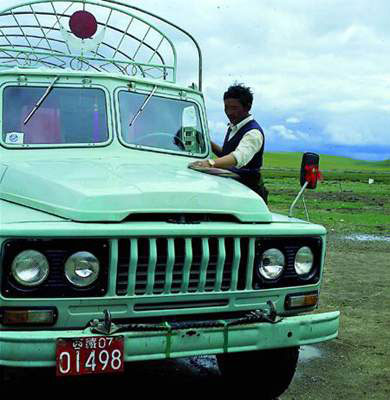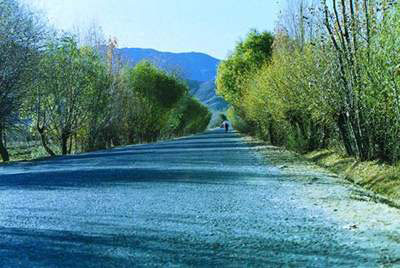Source: tibet.cn
04-07-2008 18:22
 |
Before the 1959 Democratic Reform, the three chieftains local Tibetan government, the small and large lamaseries and the aristocratic class exploited and oppressed the serfs by confining them in manors, forcing the ula corvee on them and practicing usury. In accord with how the serfs relied on the chieftains, the serfs were divided into several ranks tralpa, who worked on assigned fields and bear the feudal corvee, duiqion, who worked on rented fields or relied on certain skills, and nangzes, who served the daily lives of the aristocrats. The level of productivity in past Tibet was very low, and farming and animal husbandry were at the mercy of Heaven. The frost-free period on the plateau was short and natural disasters hit frequently. There was only one crop in a year, and the fields were farmed every other year. The productive tools were primitive, and farming relied on human and animal labor more than machinery. An average yield per mu was about 50 kilograms, and the cattle relied on natural productivity.
 |
The adverse natural condition, backward productivity standard, especially the feudal serf system, left farmers and herdsmen in Xigaze in dire poverty, like people in other parts of Tibet. Let's take an example of the Bangjor Lhunbo Village in Gyangze County, where the Palha Manor was situated. The annual grain ration for a nangzes was less than 100 kilograms and less than 160 kilograms for a tralpa. The serfs led a hard life all year round.
 |
The 1959 Democratic Reform overthrew the dark feudal serf system, and the working class became predominant. Since then, the history of Xigaze has begun a new chapter. Under the guidance of and unremitting support from the central and local governments and through the hard work of Xigaze people, living standards have been increasing. Since the 1960s, the government has introduced new tools, chemical fertilizers and pesticides from other parts of China. The 1970s had witnessed a large-scale infrastructural construction of farmland and irrigation systems. Farming and animal husbandry technology centers were set up in counties and townships, in which great strides were made in spreading farming technology to improve scientific and technological standards, and to make progress in agriculture and animal husbandry.
 |
In 1984, further reforms were carried out in the countryside of Xigaze, and two long-term no-change policies(the policy for herders to own and raise their own animals and the policy for farmers to own and manage their own lands will remain unchanged for a long period of time) were adopted. This, plus the tax exemption for farmers and herdsmen, greatly roused the initiatives of the masses and elevated the productivity of farming and animal industry to a new level with each passing year.
Editor:Liu Fang
